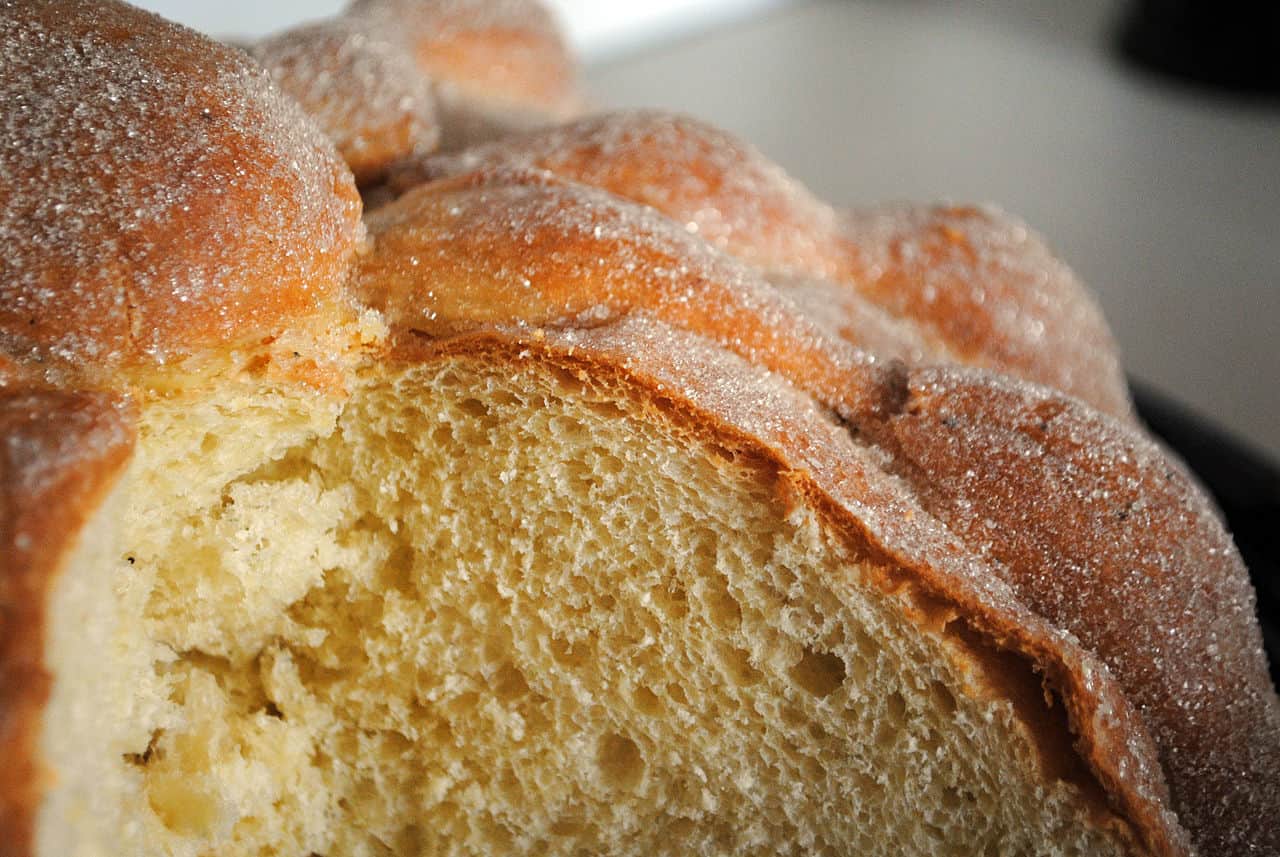When talking about the dead around Halloween time, some think about ghouls and goblins and things that go bump in the night; others think of sadness, horror and fear. But for Mexicans, it’s fiesta time, in celebration of Día de los Muertos (Day of the Dead), Nov. 2.
Mexicans believe the day opens a window to the world of the deceased when those left behind can reunite with their loved ones. It is a tradition that mixes indigenous and Catholic rituals and beliefs.
Traditionally, the fiesta starts on Oct. 31 with 12 bell chimes at noon to announce the arrival of deceased children. Friends and family wait for them at their homes with tables laden with white flowers, candles – one for every child in the family – glasses of water and a plate of salt, to purify the soul. Toys and incense are set out as well. Later they offer the children chocolate, bread and fruit.
On Nov. 1 at noon, churches ring bells to bid a solemn farewell to deceased kids and then welcome adults with 12 more chimes. They are offered yellow cempasúchil (marigold) flowers, black candlesticks with long candles, food offerings, water and salt. Later, the family gets together to pray the rosary and light a candle dedicated to someone special. At the end of the ceremony, another candle is lit for forgotten souls. Chairs are readied for the departed, and some families make a bed for them.
On Nov. 2, 12 more bells announce the departure of the dead at noon. It’s customary to eat rice, chicken and mole on this day. The following day, more offerings are made.
Traditionally there is also an “altar de muertos” (altar of the dead), decorated with different motifs and usually bearing the favorite meal of the deceased, pan de muerto, beverages and photos.
In Costa Rica, the Day of the Dead, or Day of the Faithful Departed, is not a national holiday, but it is a Holy Day of Obligation in the Catholic Church, which organizes special services in cemeteries around the country on Nov. 2. As a private celebration, some Costa Rican families visit their loved ones’ graves, clean the area and decorate with fresh flowers, and may gather at home afterward for prayers (a rezo) and a meal.
However, thanks in part to the Mexican community in Costa Rica, you can sometimes find celebratory touches from the original Day of the Dead at events in Costa Rica, especially the classic pan de muerto – or you can whip it up yourself!
Pan de Muerto
Ingredients:
- 5 cups flour
- 3 tbs yeast
- 5 whole eggs
- 5 egg yolks
- 2 sticks butter
- 1 cup sugar
- 3 tbs agua de azahar (available in drugstores as espíritu de azahar)
- 1 tbs orange zest
- 1 pinch salt
- Sugar for dusting
Directions:
Dissolve the yeast in four tablespoons warm water, add half a cup of flour and make a soft ball of dough. Let rise for 15 minutes until double in size.
Mix the rest of the flour, salt and sugar. Make a well in the dough and put in the middle three whole eggs, five yolks, butter, orange zest and agua de azahar. Knead well.
Add the small ball of yeast dough and knead again. Let sit in a warm place for an hour until nearly double in size.
Knead again. Shape the bread in round loaves or in the shape of skulls. Place in greased molds.
Beat the remaining two eggs. Decorate the loaves with pieces of dough rolled out to resemble bones or tears; use some of the beaten egg to attach them.
Glaze the entire loaves with the remaining beaten egg and dust with sugar.
Bake in a preheated 350 F oven for 30 to 40 minutes. Let cool and store in a warm, dry place.
This article was originally published in 2008 and has been updated to include information about celebrations of the Day of the Dead in Costa Rica.






